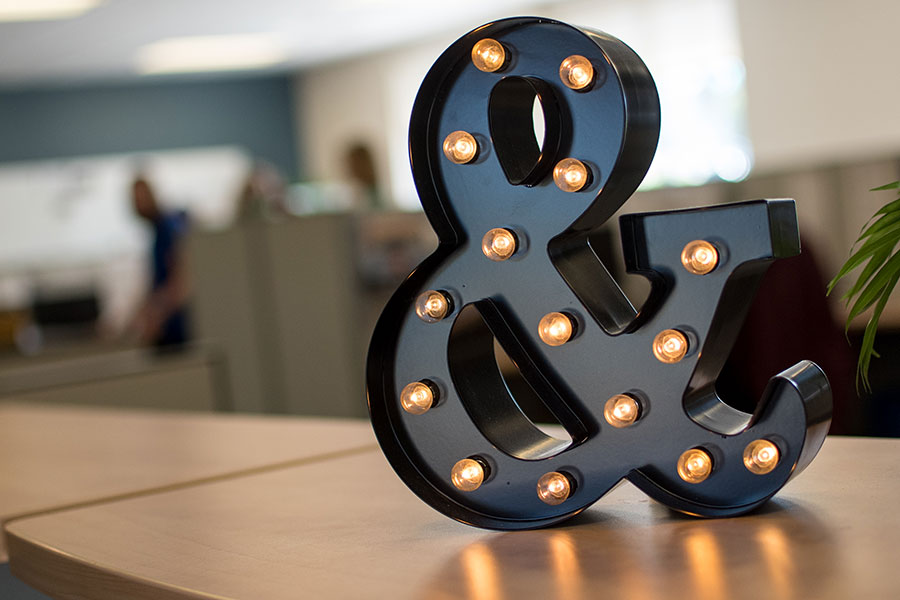
 While trade shows require significant financial investment and staff time, they can result in new sales and revenue, as well as critical intangible benefits (e.g., increased brand equity). It’s easy to get caught up in the trade show madness, so it’s important to maximize the opportunities available and manage the process wisely. This is especially true since the rapid rise in social media use has altered the trade show landscape.
While trade shows require significant financial investment and staff time, they can result in new sales and revenue, as well as critical intangible benefits (e.g., increased brand equity). It’s easy to get caught up in the trade show madness, so it’s important to maximize the opportunities available and manage the process wisely. This is especially true since the rapid rise in social media use has altered the trade show landscape.
We’re in the midst of the spring education conference season, with hundreds of state, regional and national shows providing opportunities for education companies to market their products and services to administrators and educators. The largest educational technology conference is just around the corner – ISTE 2010 June 27-30.
Your company’s trade show presence, and the conference activities you pursue, depend on factors such as business goals, staffing, news, product offering, budget, and location. (Lee Wilson offers a thorough analysis on calculating trade show ROI, and its value compared to Web marketing). In our experience, there are a few universal tips that can help every company have a successful conference.
1) Plan ahead. This may seem obvious, but companies often make the mistake of not planning their comprehensive conference strategy and tactics far enough in advance, or of not adjusting their plans effectively in response to market changes. If you want to launch a new product at a conference, how will you reach out to attendees prior to the event to drive traffic to the booth? How will you inform the media and key industry influencers about the new product before, and during, the conference? Is everything thoroughly prepared so you can make the best first impression? If conference attendance is expected to be lower than previous years due to economic or other reasons, how will you adapt to ensure the endeavor is still cost-effective and productive? Have you connected with customers to help them identify possible presentation opportunities and submit their proposal, or selected your own speaker and topic for exhibitor sessions and workshops? (Typically, calls for presentation proposals close 6-12 months in advance of the conference.)
2) Engage, listen, observe. Trade shows provide the chance to make personal connections with your target audiences and engage in conversation; don’t focus just on pitching your product features. It’s also the perfect place to analyze your competition, garner educator feedback, learn about emerging trends and hot topics in the industry, and develop customer evangelists.
3) Take a blended approach. Incorporate online marketing and social media activities with your face-to-face activities. Building relationships with educators and customers through social media should begin long before a conference. During the conference, if you or your company is on Twitter, host or attend a tweet-up, and post with conference or #edtech hashtags to be included in the online conversation. Share information on company contests, conference insights, and other information you’ve learned during the show on Twitter, Facebook, or conference Nings and online communities, in the spirit of learning together with your professional network. Don’t “shout” at your followers and others. You are engaging in an open dialogue, not advertising.
4) Don’t get caught up in gimmicks and stunts. While flashy outfits, contests and give-aways can draw educators to your booth, it won’t hold their attention unless you have something interesting to show or say. Spend your time ensuring that you offer a compelling product, service or story. Stunts and gimmicks often can backfire. They may be creative, but if they don’t align with your company brand and product message, their impact could be lost amid the swag and swirl of bright lights, loud noise and over-the-top gestures.
5) Follow up – the conference is only the beginning. Do you have a process in place to gather educator info at the conference, then pursue and track leads back at the office? If you met with journalists, potential industry partners, bloggers, or other VIPs during the show, be sure to follow up in a timely manner to provide more information, answer questions, and build the relationships.
With expertise gleaned from many years as an educator and marketer, our good friend Donovan Goode of PBS TeacherLine offers excellent tips on his organization’s blog to help conference attendees have a successful trade show experience. Educators and vendors alike will benefit from his advice.
If you’d like to learn more about available education trade shows, check the event calendars on the Peter Li Education Group, Education Week and T.H.E. Journal Web sites.
What have you found to be the most effective way to market your products at education trade shows? Has your company scaled back on trade shows? How do you plan to make ISTE 2010 a successful show for your company?
